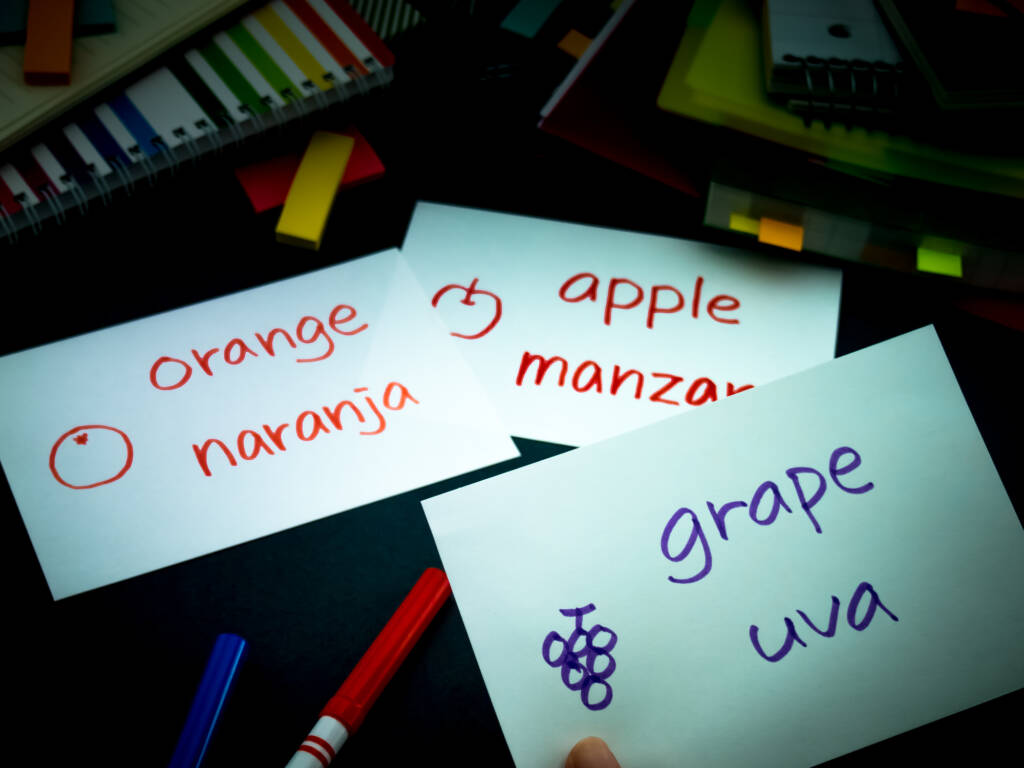
Elementary Spanish Level 2

Elementary Spanish is a fun and interactive way for students to learn about the Spanish culture and language. They will learn through engaging stories that help them understand the language in context. In the beginning, they will focus on listening and speaking skills, and later on, they will also learn to read and write in Spanish.
Elementary Spanish courses provide different types of learning materials and opportunities to practice speaking, reading, writing, and listening to the language. They also include reviews of previous lessons to reinforce learning. Each course is designed to connect students with the authentic culture of a specific Spanish-speaking region through art, celebrations, and traditions.
Please view the Elementary Parents Guide for Grades K-2 with guidance on helping your student transition to online learning and thrive at VLACS.
Major Topics and Concepts
Module One
- Greetings, introductions, and goodbyes
- Peruvian culture
- Vowels a, e , i, o, and u
- Peruvian animals
- Family members
- Breakfast, lunch, dinner, and snacks
Module Two
- Whales
- The ocean
- Sea animals
- Months of the year
- Seasons
- Express plurals
- Picnic words
- Possession using mi and tu
- Numbers one to fifty
- Letters m, s, p, l, b, t, n, and ñ and their syllables
Module Three
- Peru
- Independence Day
- False cognates
- People in my Community
- No one and nobody
- Directional words
- Land and sky
- Nazca lines
- Asking and answering simple questions, including where is and have you seen
- Letters c, g, j, d, r, rr, h, and f and their syllables
Module Four
- Machu Picchu
- Places people live
- Filling out a form
- Rhyming and poetry
- Landforms
- Clear and dark
- Time on the hour
- Greeting people at different times of the day
- Letters v, y, k, x, w, and z and their syllables
Course Materials
All levels of Spanish require independent reading skills. We recommend students begin Spanish sometime during grades 2 or 3, depending on their reading level. Those who are not yet reading independently can take the course, provided an adult is available to read material to the student.
To achieve success, students are expected to submit work in each course weekly. Students can learn at their own pace; however, “any pace” still means that students must make progress in the course every week. To measure learning, students complete self-checks, practice lessons, multiple choice questions, projects, discussion-based assessments, and discussions. Students and families are expected to maintain regular contact with teachers because, when teachers, students, and parents work together, students are successful.
Required Materials – Please view the list of materials before registering.
Competencies
Letter Sounds, Comparisons, Rhyming, Time and Spanish Vocabulary for Landforms
I can identify places where people live in Spanish. I can identify the letters v, y, k, x, w, z and their syllables in Spanish. I can categorize words that rhyme in Spanish. I can interpret words associated with natural landforms in Spanish. I can identify words associated with clear or dark in Spanish. I can interpret the time of the hour to greet people accordingly in Spanish.
Letter Sounds, False Cognates, and Spanish Vocabulary for People, Direction, Land and Sky
I can describe aspects of Independence Day in Perú in Spanish. I can identify the hard consonants c & g and consonants j, d, h, f, r, rr and the associated syllables in Spanish. I can interpret false cognates in Spanish. I can identify people within a community in Spanish. I can identify directional words in Spanish. I can interpret words associated with the land and sky in Spanish.
Letters, Commands, Speaking Skills and Spanish Vocabulary for Seasons and Animals
I can interpret speaking skills phrases in Spanish. I can identify the letters m, s, p, l, b, t, n & ñ and their syllables in Spanish. I can identify the seasons in Spanish. I can interpret sea animals in Spanish. I can interpret commands in Spanish.
Vowel Sounds, Greetings and Spanish Vocabulary for Animals, Family and Meals
I can interpret greetings in Spanish. I can identify animals from the Andean mountains in Perú in Spanish. I can interpret family members and pets in Spanish. I can describe the vowel sounds in Spanish. I can categorize the meals of the day in Spanish.

